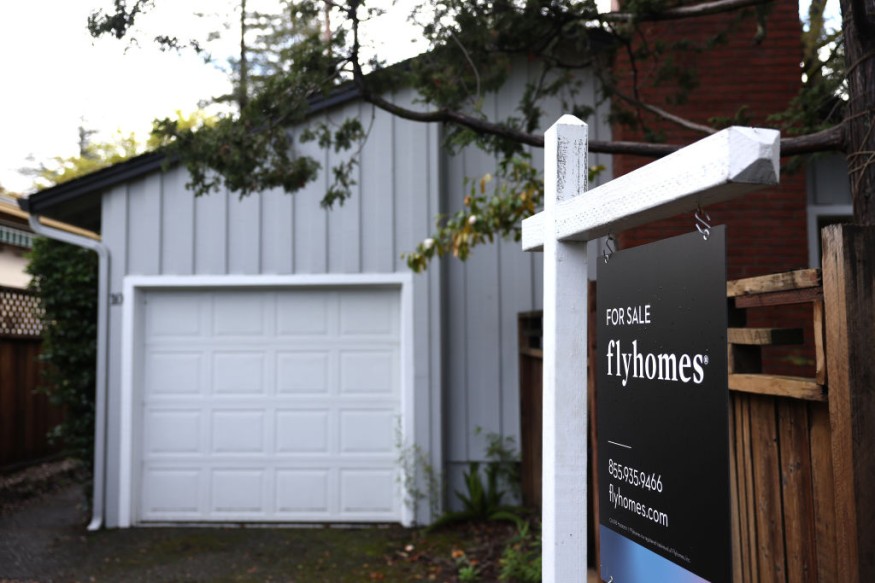
Housing costs in the United States recently reached record highs, increasing the burden among homeowners and renters.
In 2023, home prices increased by 5.6% annually. It continued to rise in February 2024, increasing at an annual rate of 6.4%. In addition, home insurance premiums grew by 21% between May 2022 and May 2023.
Furthermore, rental prices rose by 0.2% year-over-year in early 2024. Despite the small increase, average rents in the US are still 26% higher than median rents recorded pre-pandemic. That is according to a new report published this month by Harvard University's Joint Center of Housing Studies.
"Homeowners and renters across the US are struggling with high housing costs. On the for-sale side, millions of potential homebuyers have been priced out of the market by high home prices and interest rates, while the number of renters with cost burdens has hit an all-time high," the study read.
How Are Rising Housing Costs Affecting Americans?
Among homeowner households, 23.2% are now stretched thin due to rising housing costs. Additionally, the number of homeowners who are cost-burdened grew to 19.7 million between 2019 and 2022. Cost-burdened households are defined as those who spend more than 30% of their income on housing and utilities.
That being said, the report noted that renters are now facing an "even more challenging" landscape. In fact, 22.4 million or half of all renter households in the US were cost-burdened in 2022. That is up two million since 2019. It is also the highest number recorded.
Furthermore, renter households who were severely cost-burdened---those who spent more than 50% of their household income on housing and utilities---also increased to a record-high of 12.1 million in 2022, up from 1.5 million pre-pandemic.
Among renters who are cost-burdened in 2022, 57% were Black, 54% were Hispanic, 50% were multiracial, 45% were white, 44% were Asian, and 44% were Native American.
Overall, renters with the lowest incomes suffered from the highest cost-burden rates. Those with the lowest incomes only have a median of $310 monthly in residual incomes to cover non-housing costs, the report noted.
"Rents have been rising faster than incomes for decades," Alexander Hermann, a Senior Research Associate at the Center, said in a press release. "However, the pandemic-era rent surge produced an unprecedented affordability crisis that continues."
© 2025 Realty Today All rights reserved. Do not reproduce without permission.



